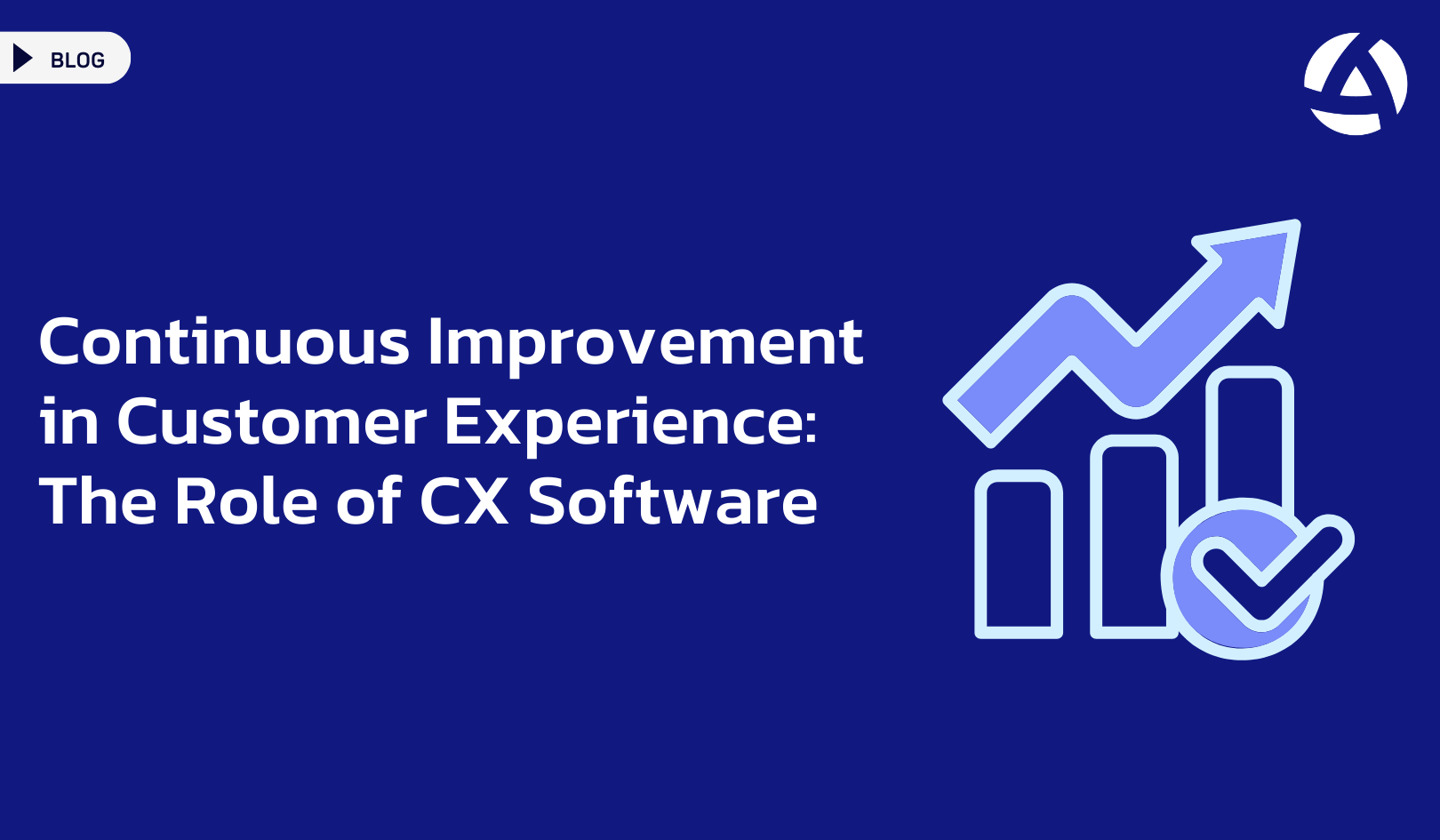Continuous improvement is a vital concept for any business aiming to stay competitive and meet evolving customer expectations. This process involves constantly seeking ways to enhance products, services, and overall customer interactions. One of the most effective tools for driving continuous improvement in customer experience is CX software. This blog post explores how Customer experience software can facilitate ongoing enhancements and help businesses deliver exceptional customer experiences.
Understanding Continuous Improvement in Customer Experience
Continuous improvement in customer experience is about making incremental changes based on feedback, data, and performance metrics. This approach ensures that businesses are always striving to better meet the needs and expectations of their customers. By leveraging customer experience software, companies can systematically identify areas for improvement and implement effective solutions.
Key Features of CX Software for Continuous Improvement
CX software provides a comprehensive suite of tools that support continuous improvement in customer experience. Some of the key features include:
Customer Feedback Collection: CX software enables businesses to gather feedback from various channels, including surveys, social media, and direct interactions. This feedback is crucial for identifying pain points and opportunities for enhancement.
Data Analytics: Advanced analytics capabilities allow businesses to process and interpret vast amounts of customer data. By analyzing trends and patterns, companies can gain actionable insights into customer behavior and preferences.
Performance Metrics: CX software tracks key performance metrics such as Net Promoter Score (NPS), Customer Satisfaction (CSAT), and Customer Effort Score (CES). Monitoring these metrics helps businesses gauge the effectiveness of their customer experience strategies.
Automated Workflows: Automation features streamline the process of addressing customer feedback and implementing changes. This ensures that improvements are made promptly and efficiently.
Benefits of Using CX Software for Continuous Improvement
Implementing continuous improvement strategies with the help of CX software offers several significant benefits:
Enhanced Customer Satisfaction: By continuously refining customer interactions based on feedback and data, businesses can significantly improve customer satisfaction. Happy customers are more likely to remain loyal and recommend the brand to others.
Increased Operational Efficiency: CX software automates many aspects of the feedback and improvement process, reducing the time and effort required to implement changes. This leads to more efficient operations and better resource allocation.
Improved Customer Retention: Continuous improvement ensures that customer needs are consistently met, reducing the likelihood of churn. Satisfied customers are more likely to stay with the brand over the long term.
Competitive Advantage: Businesses that prioritize continuous improvement are better positioned to adapt to market changes and outperform competitors. CX software provides the tools needed to stay ahead in a competitive landscape.
The Importance of Actionable Insights
One of the most valuable aspects of CX software is its ability to provide actionable insights. By leveraging data analytics and advanced reporting features, businesses can transform raw data into meaningful insights that drive strategic decision-making. These insights allow companies to understand customer behavior, identify emerging trends, and uncover root causes of customer dissatisfaction.
With actionable insights, businesses can prioritize initiatives that will have the most significant impact on customer experience. This targeted approach ensures that resources are allocated efficiently and that improvements are aligned with customer needs. Additionally, regular monitoring and analysis enable companies to adapt quickly to changing customer expectations, fostering a culture of continuous improvement.
Implementing Continuous Improvement with CX Software
To effectively implement continuous improvement using CX software, businesses should follow these steps:
Collect and Analyze Feedback: Use CX software to gather feedback from multiple channels and analyze it to identify common themes and areas for improvement.
Set Improvement Goals: Based on the insights gained from customer feedback, set specific, measurable goals for improving customer experience.
Implement Changes: Use the automated workflows and tools within the customer experience software to make the necessary changes. Ensure that all team members are aware of the new strategies and are working towards the same goals.
Monitor Progress: Continuously track performance metrics and customer feedback to evaluate the effectiveness of the implemented changes. Adjust strategies as needed to achieve the desired outcomes.
Conclusion
Continuous improvement is essential for delivering outstanding customer experiences and maintaining a competitive edge. CX software plays a crucial role in facilitating this process by providing the tools and insights needed to make informed, effective changes. By leveraging the capabilities of customer experience software and incorporating metrics like oCX, businesses can ensure that they are always moving towards better customer satisfaction and loyalty.





